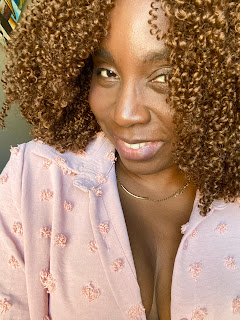How To Wash Natural Hair with Controlled Chaos Hair Products | DiscoveringNatural

I used Controlled Chaos Hair Products to wash and style my hair. Watch by clicking here or video below: Where to buy All products https://amzn.to/3N84SBz Curl Creme https://amzn.to/46H3exI Conditioner https://amzn.to/413BqCI Comb https://amzn.to/3t5v3BY How to use Controlled Chaos Hair Products Detangle your hair with Controlled Chaos Moisturizer and their wooden comb. After this start by washing your hair with Controlled Chaos Cleanser. Then follow up by moisturizer which can be used as a leave in conditioner. Lastly style your hair with Controlled Chaos Curl Creme. Details about Controlled Chaos Hair Products Benefits of Hair Cleanser Rinses off the dirt and impurities without stripping off the natural oil from curls. The best cleanser for curly hair avoids frizz and damage to your bouncy curls. The formula maintains the hair porosity. Mild and hydrating shampoo infused with a blend of conditioning ingredients to maintain the shine without the oily look....













